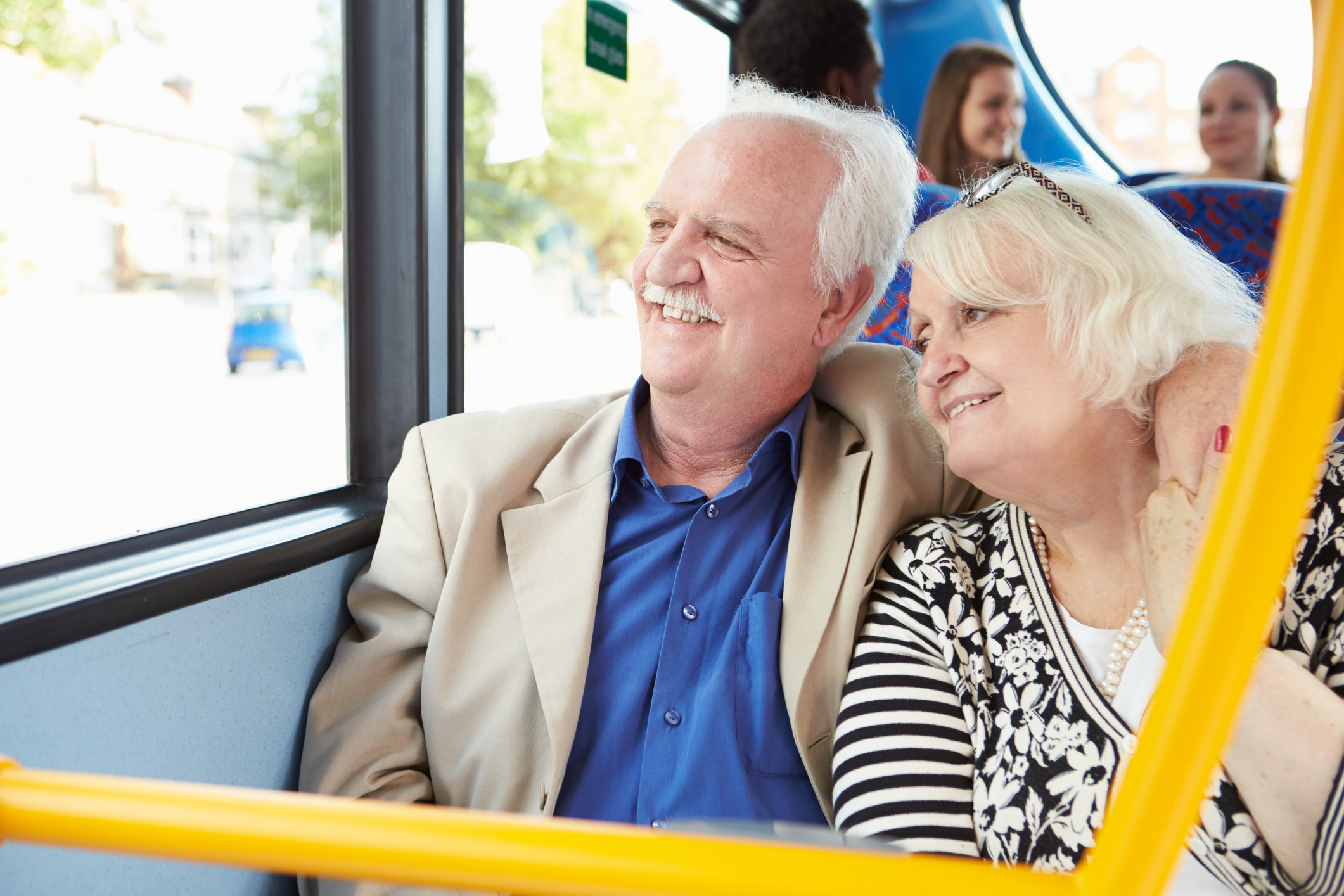Since the onset of the pandemic, many household cars have sat relatively unused other than the occasional trip to the grocery store or a necessary appointment. As people have dusted off their walking shoes and bicycles in an effort to stay fit and avoid the “quarantine fifteen,” is it possible that some older adults will now be more accepting of alternative transportation and willing to hang up the car keys for good?
In nearly every family, there is concern that an aging loved-one who, due to declining vision, memory problems or physical limitations, is no longer a safe driver. But because owning and driving a car represents independence to many seniors, it’s not uncommon for older adults to hang on to the keys long past the time they ought to have been retired.
According to recent research published in the journal Sustainability, there are many factors preventing older adults from using alternatives to the car in later life. For those with mobility problems, walking or cycling may not be a viable solution, especially in climates where snow and ice make falls more likely.
The optimal aging study found that in several European countries, nearly half of all trips made by older adults were done so by car. In Australia, 70 percent of seniors took cars on journeys and in the United States, more than 80 percent of seniors were either a driver or a car passenger for trips.
Although seniors with cognitive impairment are not always safe behind the wheel, they may also find navigating public transportation difficult and be fearful about their safety. Cost and availability is also a factor in accessing alternate transportation. Seniors on a fixed income may not have the extra cash for taxis and other ride services.
In order to ease the transition for older adults considering stopping driving, families can help by researching a variety of transportation options that are safe, accessible, and cost-effective. Overcoming any stigma surrounding public transportation with greater educational efforts and the involvement of older adults in developing more age-friendly transportation choices will help to better serve the mobility need of seniors. Seniors need to be part of the conversation so that giving up driving will not lead to social isolation or declining physical activity.
For an online self-rating tool to evaluate your driving ability, follow this link to Senior Driving by AAA.






Add Your Voice
0 Comments
Join the Discussion